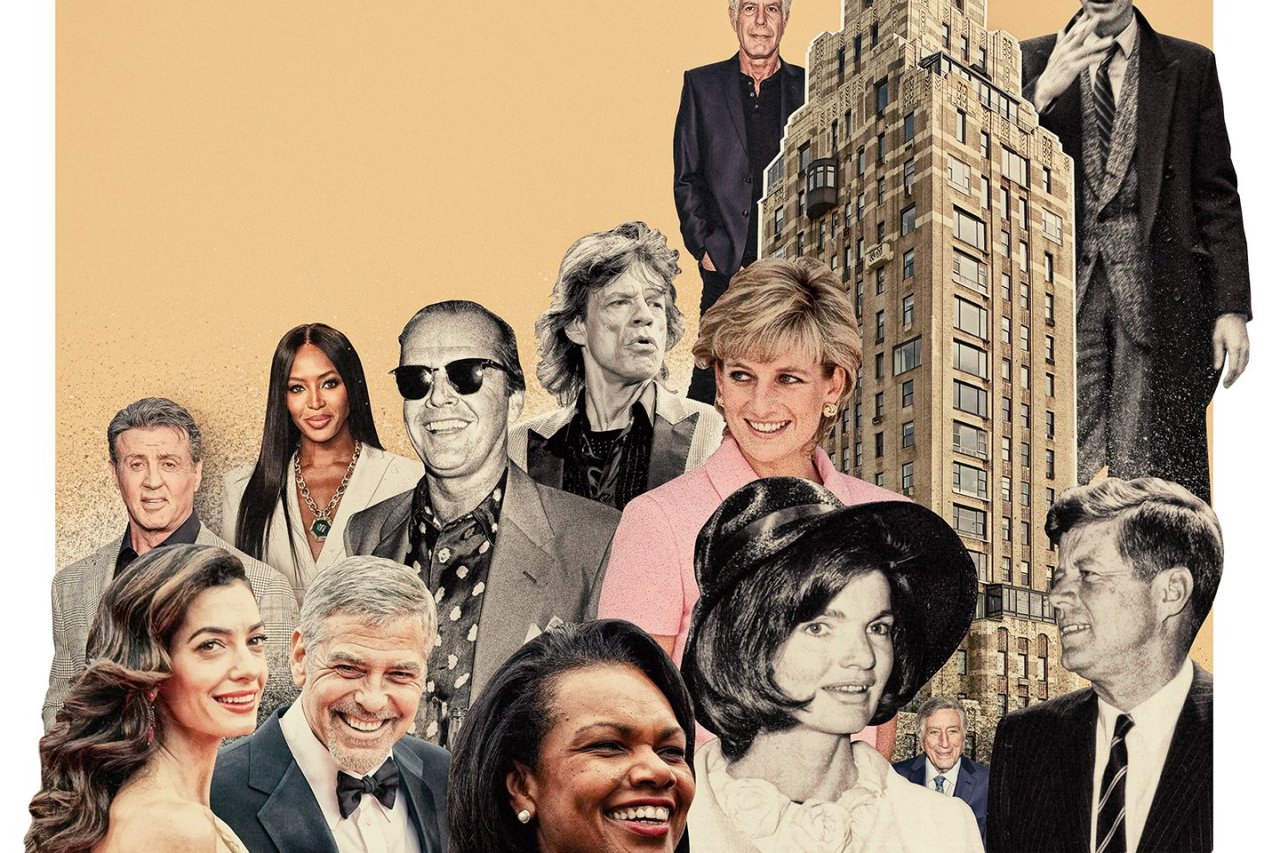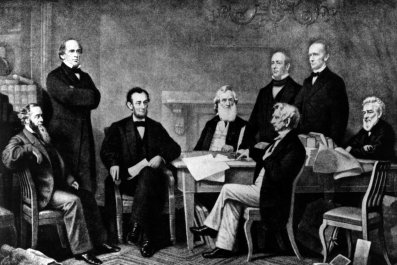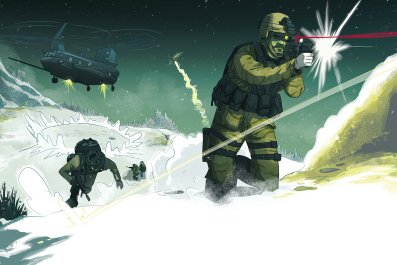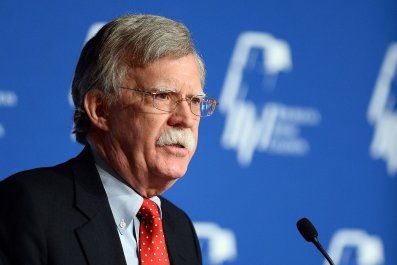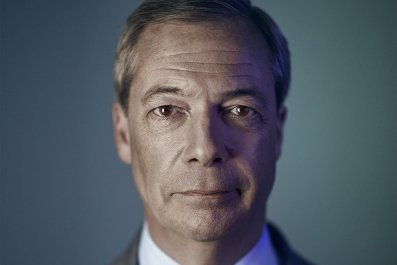Princess Diana, Michael Jackson and Steve Jobs walk into a bar. Actually, it was a hotel elevator, and this isn't a joke. The operator closes the door. The four stare ahead; no one utters a word for several floors—until Diana cuts the tension by breaking into "Beat It."
As power elevators go, it's hard to top that trio—though, given this happened at New York's infamously discreet Carlyle Hotel, there are likely juicier ensembles and tales, never to be told. (The New York Times once referred to the hotel as the "Palace of Secrets.") Regulars at the Carlyle have included numerous presidents, John F. Kennedy Jr., Mick Jagger, David Bowie, Condoleezza Rice, Jack Nicholson, George and Amal Clooney, Lenny Kravitz, Sofia Coppola, Roger Federer and on and on.
It's hard to find another hotel that is preferred by the British royal family (see Will and Kate's visit in 2014) and Tommy Lee Jones; a hotel that can provide the unofficial runway for the Met Gala (Naomi Campbell recalls that her floor was "bangin'" in 2016, when she shared it with Stella McCartney, Rihanna and Cara Delevingne) as well as a war room. Another rare anecdote goes: When the Iraqi delegation to the United Nations stayed here during the second Gulf War, the FBI wanted to plant agents in room service and tap the phones. Peter Sharp, then the owner, responded, "Under no circumstances. I wouldn't let you do it to Warren Beatty, why would I let you do it to the Iraqi delegation?"

All of this is recounted in Matthew Miele's new documentary, Always at the Carlyle. The film, filled with bold-face names, does a good job of capturing the hotel's suis generis elegance—a formal whimsy reminiscent of the fast-disappearing old school luxury establishments celebrated in director Wes Anderson's The Grand Budapest Hotel. Anderson, a champion of timeless, erudite caprice, says that the Carlyle was a "big influence." The late Anthony Bourdain, another devotee, equated the Carlyle's appeal to falling in love with a person. "It's the eccentricities you embrace as much as anything else," he says in the film. "It's completely awesome—and frankly nuts."
Several people quoted in the documentary refer to it as quintessential New York. That is true, but to a very particular demographic. The asking price for the hotel's opulent, two-story Empire Suite, for example, with its jaw-dropping views of Central Park, is $20,000 a night. During an interview with Rice, she is told her suite goes for $4,000. With a wry smile she says, "That's better than $10,000."
Everyone who stays has their initials monogrammed on their pillowcases by a woman in the basement. That is her job. (She seems happy in her work, though not easily impressed. The imminent arrival of the Duke and Duchess of Cambridge was met with a shrug; Michael Jackson, however, produced a huge smile.) Those pillowcases are then stored for your return, assuming you are a regular, and there are many. The hotel has been Jack Nicholson's New York pied-à-terre since the '70s; after each visit, he sends an orchid to the head telephone operator. Nicholson is beloved by the staff, though not as much as George Clooney, the hands-down favorite. (Sorry, Jack.)
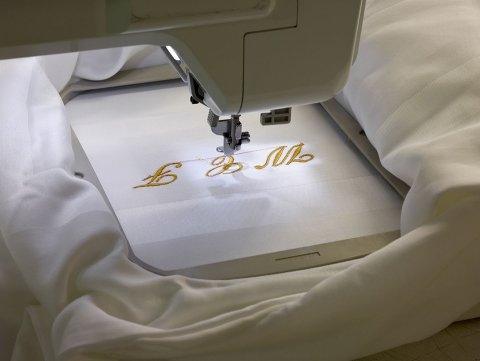
Gonzo journalist Hunter S. Thompson stayed at least once, enjoying cereal, a bottle of scotch and a bowl of cocaine for breakfast. (It's unclear whether the latter was on the room service menu.) Paul Newman began concocting salad dressing recipes in the Carlyle's kitchen. Twice a week, Jackie Kennedy Onassis, who lived around the corner, came to the restaurant for the same lunch: Cobb salad, gin and tonic, a cigarette. John F. Kennedy Jr. was a regular, too, rollerblading directly to Table 29. He had his last meal in the Carlyle, before his fatal 1999 trip to Martha's Vineyard.
The hotel was built in the late 1920s by real estate developer Moses Ginsberg (uncle, appropriately, to Rona Jaffe, author of the 1950's best-seller The Best of Everything). He named it for Scottish philosopherThomas Carlyle, a favorite of his daughter. The stately art deco building was intended as a luxury hotel and residence, but its opening, in 1930, came just after the stock market crash. It struggled until 1948, when another developer took it from staid to fashionable. Harry Truman was the first president to check in; during the Kennedy years, the Carlyle was called the New York White House. (Marilyn Monroe is rumored to have secretly visited JFK here after her 1962 "Happy Birthday" serenade at Madison Square Garden; the lips of the longest-serving bellman remain sealed.)
But it was Sharp who turned the hotel into a scene, albeit a low-key one. After he bought the property in 1967, Atlantic Records co-founder Ahmet Ertegun suggested he hire the late Bobby Short at the Café Carlyle. A two-week stint turned into a 35-year residence, with the Café becoming a mainstay for sophisticated music lovers (other regular performers included Elaine Stritch, Barbara Cook and, to this day, Woody Allen, who sits in with a jazz band every Monday night). Lenny Kravitz, then age 6, wore his first suit to attend a Bobby Short set with his parents. "I didn't get Bobby for a long time, but then I did," says Kravitz in the film. "When I'd bring a girl here, and she got it, that was special to me."
The attraction to the Carlyle is often generational, says Miele. "People fall in love with it as children, when their parents brought them for tea or to stay, and they keep coming back."
The slightly frayed, entirely delightful décor is a big draw. "Perfection is not a priority," says Miele. "Look closely: Frames are slightly askew, the fabric a little threadbare. It's meant to put you at ease, to provide a sense of sanctuary."
Academy Award–winning set designer Marcel Vertès painted the delicately soigné creatures on the Café's wall. The enchantingly twee figures roaming the murals of Bemelmans Bar, beloved by Wes Anderson, were painted by Ludwig Bemelmans, author of the Madeline picture books. The Gallery—a theatrically intimate tearoom—was decorated by legendary Italian designer Renzo Mongiardino, whose belief that atmosphere trumps authenticity, that illusion is paramount, perfectly suits the Carlyle.
Anjelica Huston, who has been coming to the hotel since the '70s, says in the film, "The Carlyle is groovy simply because it doesn't scream hipness." You could say the same about the staff, which, according to regulars, is the real reason people keep coming back. They're a decidedly quirky bunch, a stark contrast to the sleek and youthful corporate types who populate trendier hotels. "What other hotel would appoint a man with a substantial stutter as head concierge?" asks Miele of Dwight Owsley. What management valued instead was "this big, endearing, one-of-a-kind character who would welcome people unforgettably."
The film captures Owsley's last day at the hotel, after 36 years. It's a poignant moment, hinting at an approaching end to timeless charms. "The world is less gentle," Owsley says to the camera. "People used to have a sense of purpose, of dignity. We all look like messengers now. Something ineffable has been lost."


